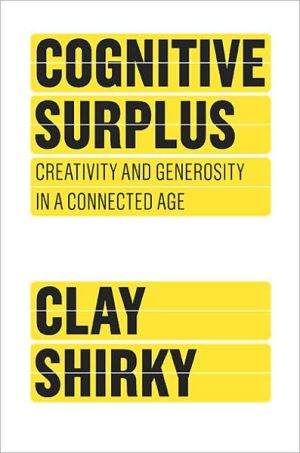Public Executions: The Death Penalty and the Media (Crime, Media, and Popular Culture Series)
The death penalty is one of the country's most controversial issues. The fairness of its application is debated in coffeehouses, classrooms, political arenas, and the media. However, despite its representation in the media, most death cases receive surprisingly little national media attention. In fact, of the 1000 people executed in the United States since 1977, and the 3,500 inmates currently awaiting execution, only a handful of cases can be recalled by the public. Those that are memorable...
Search in google:
The death penalty is one of the country's most controversial issues. The fairness of its application is debated in coffeehouses, classrooms, political arenas, and the media. However, despite its representation in the media, most death cases receive surprisingly little national media attention. In fact, of the 1000 people executed in the United States since 1977, and the 3,500 inmates currently awaiting execution, only a handful of cases can be recalled by the public. Those that are memorable are so because only a few are dramatically represented in the media. Why is it that those that receive the most serious penalty are virtually nameless, while the death penalty in general is one of the most discussed aspects of the criminal justice system? What makes some executions more newsworthy than others? What are the implications of this coverage for the public's understanding of this significant issue?This book looks at those death row cases that received the most intensive media coverage from the 1970s through the present, and why. At the same time, it focuses on changes in public opinion about the death penalty and how newspaper coverage and evolving mass sentiment relate to one another. Kudlac covers such celebrated cases as Karla Faye Tucker, Timothy McVeigh, Aileen Wuornos, John Wayne Gacy, and others that captured the attention of the American public and affected public opinion about the death penalty through the help of the media. He considers issues such as religion, politics, race, gender, and class as he reveals the reasons for our attention to certain cases above others. The book concludes with a consideration of where we go from here. With new investigative techniques that have helped to exonerate some death row inmates, and various other considerations that have come into play in recent cases, the future of the death penalty will continue to be shaped by the media and the public.
Acknowledgments viiSeries Foreword ixIntroduction xiiiCapital Punishment, the Media, and Changing Sensibilities 1A Short History of the Death Penalty and Death Penalty Cases 15Serial Killers 1977-1994 33Protest Cases 1994-2002 67Federal Cases and Terrorism 95A Focus on the System: Moratorium, DNA Cases, and the Supreme Court 117Society's Ambivalence: Changing Notions of Punishment and Newsworthiness 139Research Methods 151Notes 157Index 179
\ From the Publisher"While public support in the US for the death penalty has generally been in decline in recent years, there is also a significant measure of ambivalence on this issue. Kudlac focuses on the media coverage of executions as one prism through which to explore this public ambivalence. Most executions receive little media coverage, but a select few are highly publicized. Kudlac examines in some depth a series of such cases, which he finds fall into the categories of serial killers (e.g., Ted Bundy), terrorists (e.g., Timothy McVeigh), and protest cases (e.g., Karla Faith Tucker). He identifies the combination of attributes involved that elevate the level of media attention in such cases, and how public perceptions are distorted by selective and sensationalistic media coverage. Kudlac also addresses the role of DNA evidence and recent Supreme Court decisions on executing mentally retarded and youthful (under 18) offenders as contributing to public unease with the death penalty. Altogether, this is a well-written, well-organized examination of one significant dimension of the enduring death penalty controversy. Methodological appendix. Recommended. Most levels/libraries."\ -\ Choice\ \ \








